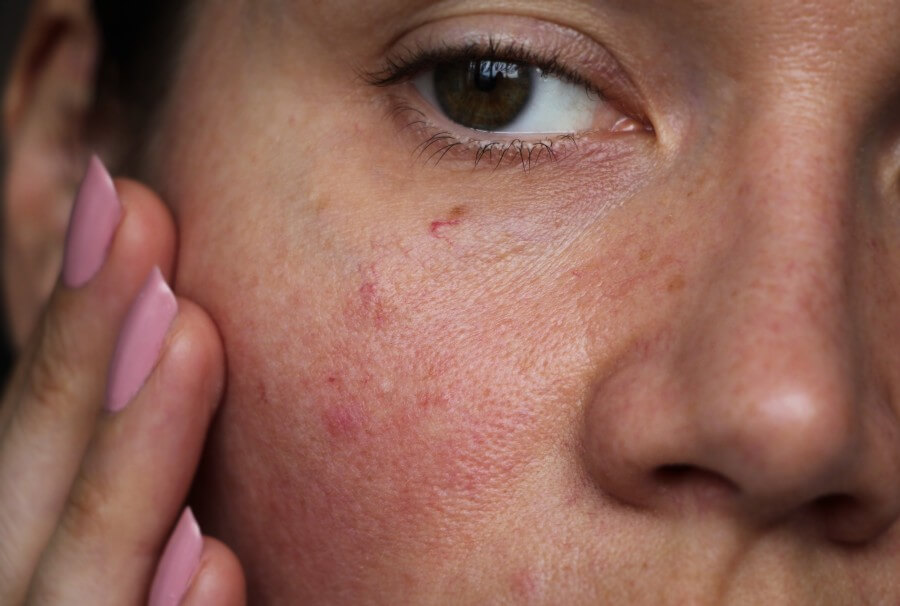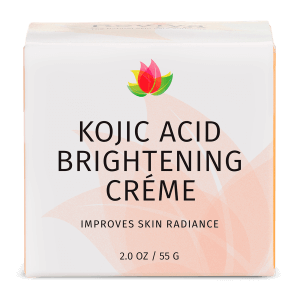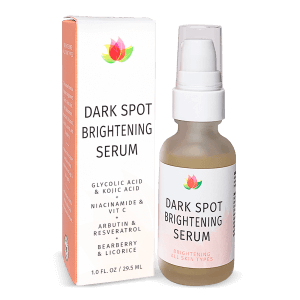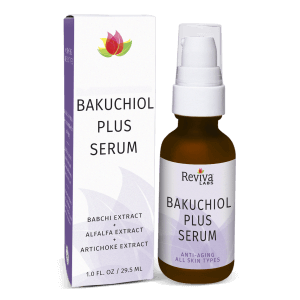Reviva Labs, Skin Care
How Long Does It Take to Fix Uneven Skin Tone?
Achieving a flawless, even skin tone can be a never-ending journey for some. Uneven skin tone is caused by a variety of factors including sun damage, hormonal changes, aging, and acne scarring. The key to improving uneven skin tone is to be patient. Seeing results can vary depending on the severity the severity of the discoloration, the skin’s natural renewal cycle, and the effectiveness of the chosen treatment regimen.
Understanding the Timeline for Skin Tone Correction
Generally, minor surface-level discoloration may begin to improve within a few weeks, while deeper pigmentation issues might take several months or more to show significant changes. The skin’s natural renewal cycle, in which old skin cells are shed and replaced with new ones, plays a crucial role in this process, and typically spans about 28 days. However, this cycle can slow down with age, necessitating patience and consistency in treatment for best results.
Key Ingredients for Skin Tone Improvement
When it comes to ingredients proven to aid in the correction of uneven skin tone, several stand out for their efficacy and safety. Vitamin C is a powerful antioxidant that not only helps protect the skin from environmental damage but also inhibits the enzyme tyrosinase, reducing melanin production and brightening the skin. Products containing a stable form of Vitamin C can gradually lighten dark spots and contribute to a more uniform skin tone with continuous use.
The Role of Acids in Skin Renewal
Alpha hydroxy acids (AHAs) and beta hydroxy acids (BHAs) are also excellent for promoting an even skin tone. These chemical exfoliants help to remove dead skin cells, revealing the newer, more evenly pigmented skin beneath. AHAs, such as glycolic acid and lactic acid, are water-soluble and effective in improving skin texture and reducing the appearance of dark spots. BHAs, like salicylic acid, are oil-soluble, making them particularly effective for those with oily or acne-prone skin. Regular use of AHA or BHA exfoliants can lead to noticeable results in as little as one month, though it’s important to start slowly to avoid irritation.
Niacinamide and Retinol: Powerful Allies for Even Skin Tone
Niacinamide, or Vitamin B3, is another key ingredient for addressing uneven skin tone. It has been shown to effectively reduce skin discoloration, minimize the appearance of pores, and strengthen the skin’s barrier function. Niacinamide works by inhibiting the transfer of pigment to skin cells, gradually fading dark spots and evening out skin tone. Its anti-inflammatory properties also make it suitable for sensitive skin types and those prone to acne.
Retinol, a derivative of Vitamin A, is renowned for its ability to accelerate cell turnover and boost collagen production. This makes it an effective ingredient for evening out skin tone and texture, as well as reducing the appearance of fine lines and wrinkles. While retinol can be highly effective, it’s essential to introduce it gradually into your skincare routine to minimize the risk of irritation. With consistent nightly use, improvements can usually be observed within two to three months.
Natural Alternatives and Product Selection
For those seeking natural alternatives, licorice extract and kojic acid, derived from fungi, are gentle yet effective in treating hyperpigmentation. Licorice extract contains glabridin, which inhibits tyrosinase, while kojic acid prevents the production of melanin. Both ingredients offer a brightening effect without harsh side effects, making them excellent options for those with sensitive skin.
When selecting products, look for those that combine these effective ingredients to streamline your skincare routine. Serums, moisturizers, and targeted treatments formulated with a blend of Vitamin C, niacinamide, AHAs/BHAs, and retinol can work synergistically to improve the appearance of uneven skin tone. Remember, consistency and persistence are key. Additionally, remember to always apply a broad-spectrum sunscreen during the day to protect the skin from UV rays that can exacerbate pigmentation issues.
The Journey to Even Skin Tone
Ultimately, patience and persistence are vital when addressing uneven skin tone. While the process can take time, starting with a targeted skincare regimen that includes potent, proven ingredients is the first step towards achieving a clearer, more radiant complexion. With the right approach, achieving an even skin tone is not only possible but can also be a rewarding journey towards healthier, more vibrant skin.












